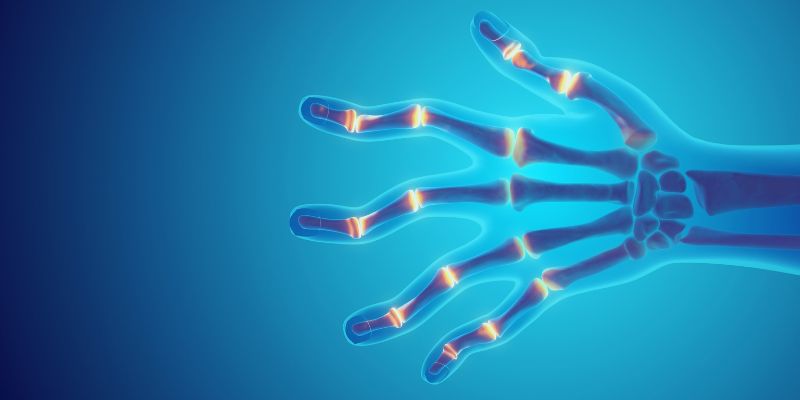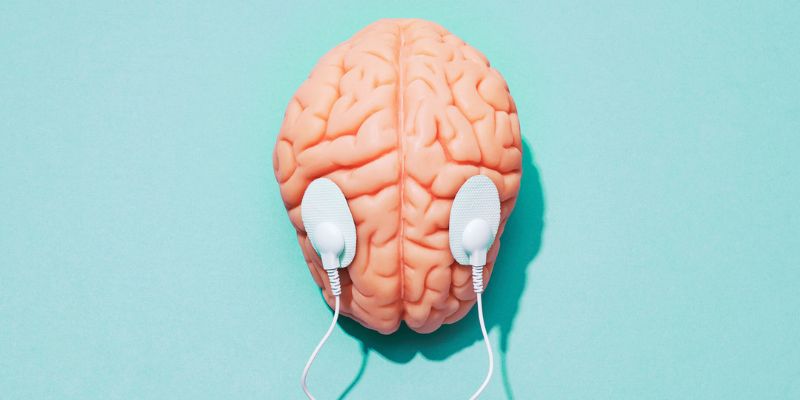Lighten Up: Effective Ways to Manage Seasonal Affective Disorder (S.A.D.)
Do the colder months find you unusually depressed or low? Your form of depression, Seasonal Affective Disorder (S.A.D.), could be brought on by seasonal variations. Often referred to as "winter depression," S.A.D. is connected to less daylight hours that influence your general well-being, mood, and energy level. Typical symptoms are low energy, cravings for unhealthy meals, oversleeping, and ongoing depression.
Although S.A.D. can feel overpowering, there are sensible strategies for control. Light treatment, consistent exercise, dietary changes, and professional advice can greatly benefit little changes. The following article will walk you through doable techniques to liven your days and bring harmony back into your life throughout the shorter months of the year.

What Is Seasonal Affective Disorder (S.A.D.)?
One kind of depression linked to seasonal fluctuations is seasonal affective disorder (S.A.D.). Usually, starting in late fall and runs into winter. The shortened daylight hours throw off the internal clock in your body—that is, the circadian rhythm. This disturbance can set off anger, depressed mood, and tiredness.
S.A.D. goes beyond the winter blues. That acknowledged mental illness calls for treatment. Mild to severe symptoms include changes in appetite, weight increase, or even trouble focusing can all be experienced. Though it can affect anyone, women and young adults are more likely to S.A.D. Healing requires first knowledge of this condition. Knowing its reasons will enable you to act wisely to feel better and recover control.
Effective Ways to Manage (S.A.D.)
Here are some of the effective ways to manage Seasonal Affective Disorder:
Recognizing the Symptoms of S.A.D.
Effective management of Seasonal Affective Disorder depends on its being spotted as such. Typical symptoms are low energy, ongoing depression, and a lack of drive. You can also have changes in sleep habits, including insomnia or oversleeping. Carbohydrates or sugary food cravings could cause weight increase, which influences your mood even more. Another important symptom is social disengagement; S.A.D. sufferers sometimes isolate themselves. Usually showing up in fall or winter, these symptoms clear in spring or summer. If you spot these indicators, don't discount them. See a healthcare provider to verify whether it is S.A.D. Early identification can help treatment be more successful.
Light Therapy To Help in S.A.D.
Among the most successful therapies available for S.A.D. is light treatment. One sits close to a customized lightbox simulating natural sunshine. That increases serotonin generation and helps control your circadian rhythm, enhancing mood and energy. Start your day by sitting thirty minutes close to the lightbox to apply light treatment. Resetting your body's circadian clock is most effectively accomplished with morning exposure. The lightbox should emit at least 10,000 lux to achieve the best results. Although most individuals find light treatment safe, see your doctor first. It could not be appropriate if you have eye problems or light sensitivity. Combining light treatment with additional techniques will maximize its advantages.
The Role of Diet in Fighting S.A.D.
Your diet directly impacts your mental health. Foods high in omega-3 fatty acids—like walnuts, chia seeds, and salmon—show evidence of enhancing brain performance. Whole grains and leafy greens supply vital nutrients that help to balance mood. Steer clear of processed foods and refined sweets since they can induce mood swings and energy collapses. Add quinoa and sweet potatoes—more complicated carbs—into your meals for long-lasting energy. Drinking lots of water also maintains mental and physical equilibrium. Given low sunlight in the winter, including vitamin D tablets in your regimen is vital. A balanced diet helps keep you feeling positive and enhances other treatments.
Exercise Is A Natural Mood Booster
One very effective approach to fighting S.A.D. is physical exercise. Exercise increases endorphin levels—the body's inherent feel-good molecules. It also lowers stress hormones, thereby enabling you to relax more easily. Benefits do not depend on a rigorous exercise. Thirty minutes of daily walking, dancing, or yoga will help your mental state. Exercises outside, like jogging or hiking, expose one more to natural light. Consistency is absolutely important. Select pursuits you enjoy to keep inspired. Regular exercise helps your mood and enhances sleep, another element in controlling S.A.D.
Creating a S.A.D.-Friendly Home Environment
Your living surroundings can influence your mental state. Open curtains during the day to keep your house softly light. Use mimics of natural sunshine full-spectrum light bulbs. These few adjustments could help your surroundings to be more inspiring. Add indoor plants for a bit of greenery; they not only help to enhance air quality but also mood. Clear your area to help with overwhelm and tension. Arrange blankets and soft lighting in a comfortable area for unwinding. A warm, light home can be a haven on long, gloomy winter days. That is a basic but efficient approach to controlling symptoms. Group therapy is another way to interact with others who are going through similar events.

Exploring Natural Remedies
If you would choose natural therapies, you have choices to explore. For people with little sun exposure, vitamin D pills help. This sunshine vitamin helps control mood and general well-being. Relaxation can be encouraged by essential oils, including citrus and lavender. One simple approach to include them in your daily life is with aromatherapy diffusers. Herbal drinks, including St. John's Wort or chamomile, could also help. Deep breathing techniques or meditation are among mindfulness activities that assist in lowering stress and anxiety. These easy-to-learn methods complement other treatments and help at home. Find out what suits you best. Another excellent approach to meeting people and giving your day meaning is through voluntary work. Social contacts fight loneliness and increase serotonin levels. Don't hesitate to ask for help as needed. During trying circumstances, loved ones can offer support and compassion.
Conclusion:
Seasonal Affective Disorder need not rule your life. Knowing the disease and its symptoms can help you to move deliberately toward recovery. Light treatment, consistent exercise, and deliberate lifestyle modifications are powerful weapons for raising mood and energy levels. Getting help from specialists or loved ones guarantees you won't face the difficulty alone. Remember, controlling S.A.D. is about little, regular actions to recover your health. Better days are approaching, whether via professional advice or natural cures. Accept these techniques to find brightness and happiness even during winter. Your mental health deserves your time and care.












